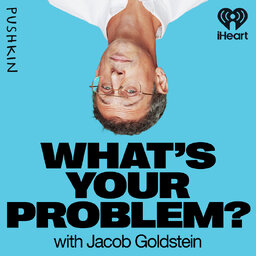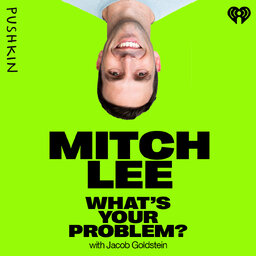Running in Recycled Shoes
Caspar Coppetti is the co-founder of On, a company that makes athletic shoes. Caspar's problem is this: How can you sell tens of millions of shoes a year -- and then take them all back, to turn them into new shoes?
The company's latest bid to attract new customers? A shoe subscription service.
If you’d like to keep up with the most recent news from this and other Pushkin podcasts be sure to subscribe to our email list.
 What's Your Problem?
What's Your Problem?


